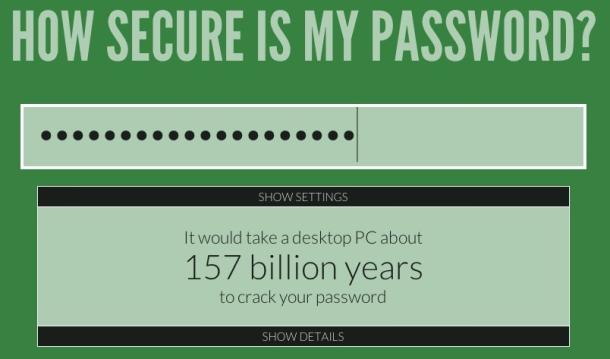According to analysts, your average low-end smartphone now has more than enough storage for most user. A study from IHS found that on average, customers who purchased a smartphone in 2012 only needed about 12.8GB of storage to meet their needs. The report suggests that users are now making such heavy use of cloud-based services that local storage has become something of an afterthought.
As a result, we have less data to store on our phones and the concept of regular storage increases is less of a selling point than it once was.
If it holds up, the phenomena could change the way we look at mobile device features. With storage a secondary concern vendors could save money on storage costs and invest in other hardware features, such as improved batteries and more efficient antenna components.
As a result, traditional bottlenecks could be alleviated and the overall handset experience could improve.
On the other hand, there is a very definite loser here. Chipmakers stand to take a huge hit if their largest market decides to flatten out its demand for NAND storage chips, potentially putting a major crunch on the market.
Meanwhile, cloud vendors face a pressing concern of their own as more data is being uploaded to the cloud, creating the need for more storage, security and management tools.
As we so often see, advances in the market are far more complex than they first seem and every new technology has an impact on other parts of the ecosystem.













